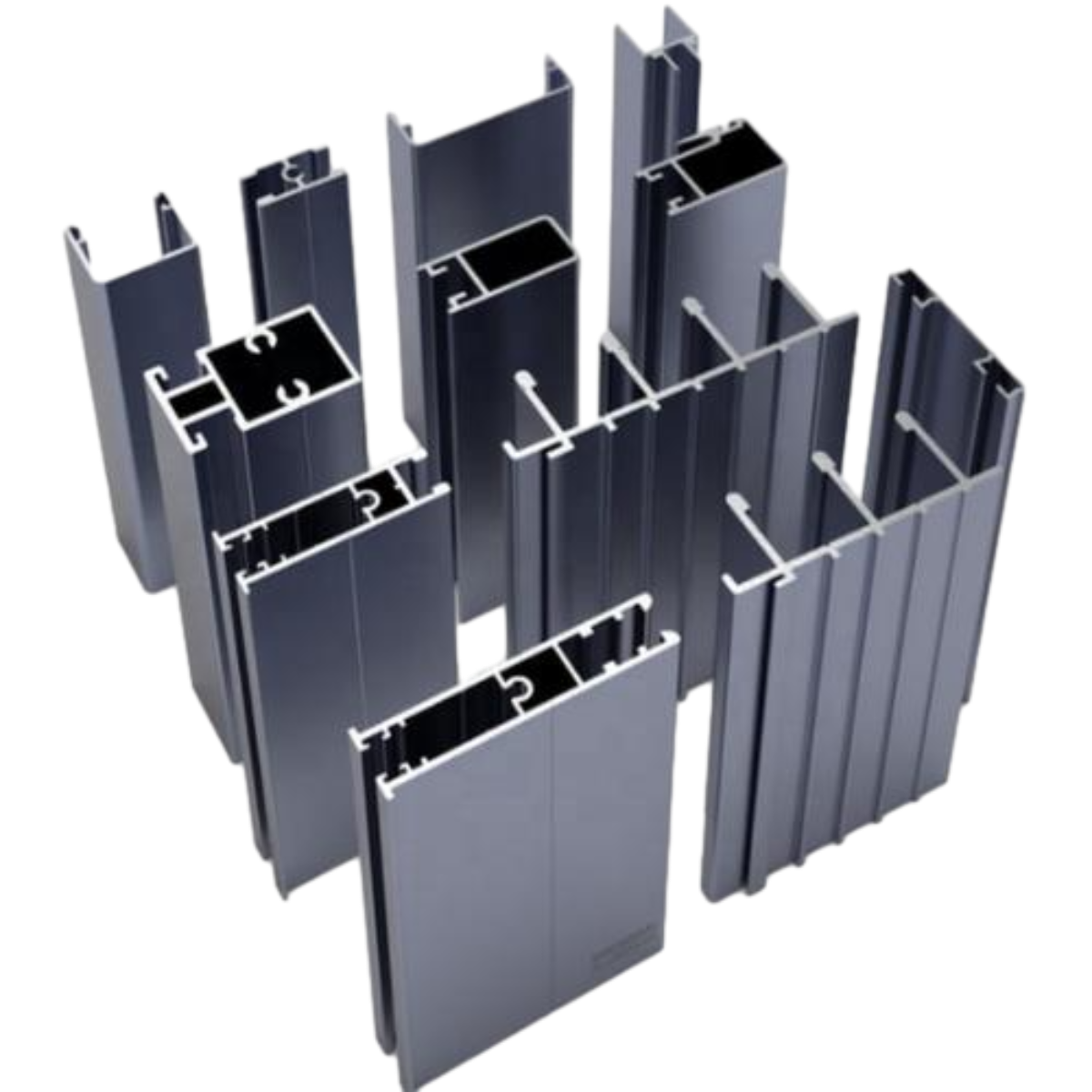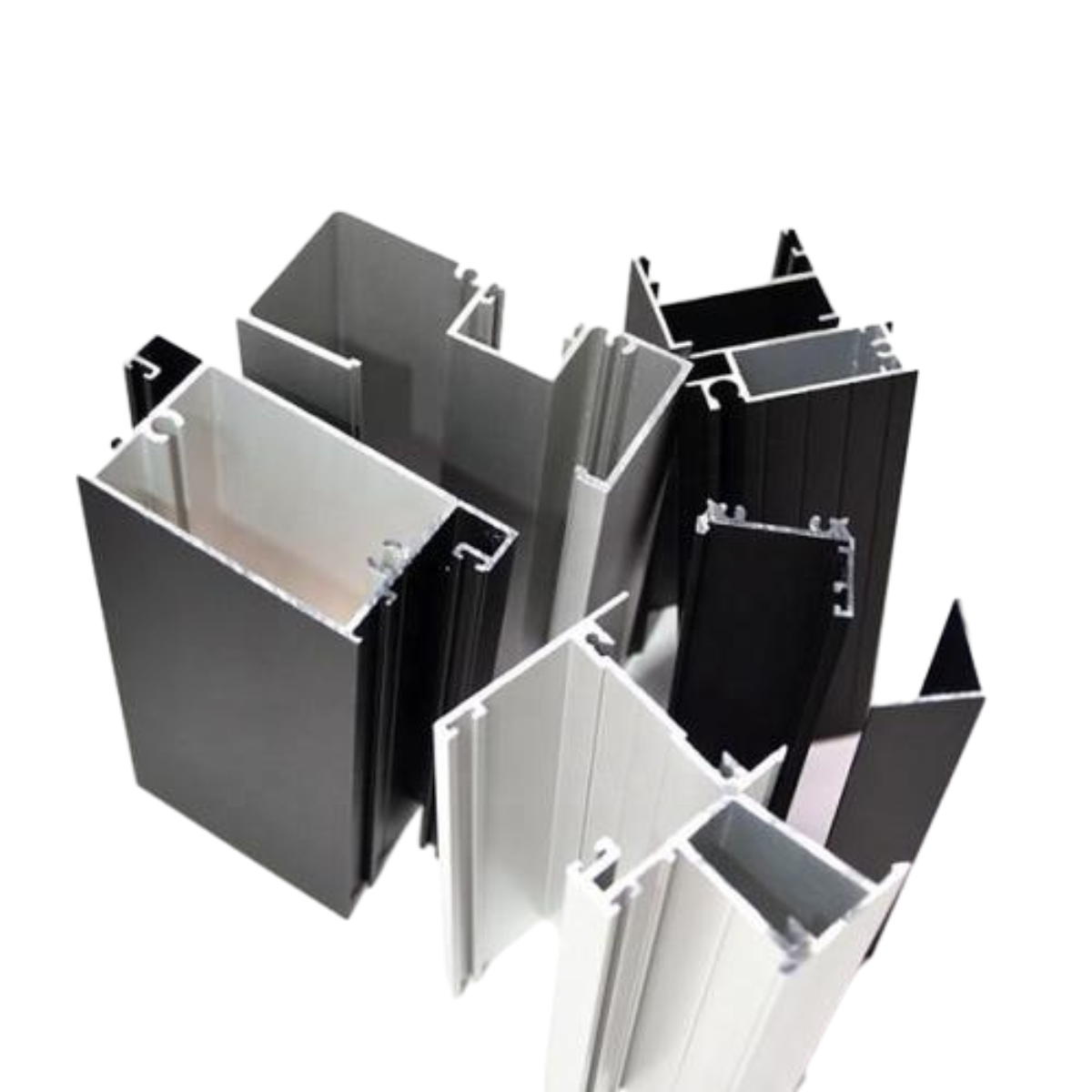Exploring the Art and Science of Iron Casting Techniques and Innovations
The Art and Science of Iron Casting
Iron casting is one of the oldest manufacturing processes known to humanity, dating back thousands of years. It is an intricate blend of art and science, leading to the production of metal components that are essential in various industries today. The versatility and durability of cast iron make it a preferred choice for engineers and designers alike.
The Process of Iron Casting
Iron casting begins with the preparation of a mold, which serves as a negative shape of the desired part. Molds can be made from sand, metal, or ceramic materials, with sand casting being the most common method due to its cost-effectiveness and adaptability. The sand used is often mixed with a binder to create a stable structure. After designing the mold, the next step is to create a pattern, usually made from wood or metal, which will help form the shape of the casting and can be removed once the metal has cooled.
Once the mold is prepared, molten iron is poured into the cavity. The iron is heated to a precise temperature, typically around 1,200 to 1,500 degrees Celsius, until it liquefies. Different types of iron can be used—such as gray, ductile, and white iron—each possessing unique properties that make them suitable for specific applications. Once poured, the molten iron fills the mold and begins to cool and solidify, taking on the shape of the predefined cavity.
After the casting process is complete, the mold is broken away to reveal the finished product. This stage often requires additional cleaning and finishing processes like sandblasting, machining, or surface treatments depending on the intended use of the piece. The efficiency of this process, alongside the ability to produce complex shapes, makes iron casting an incredibly useful manufacturing method.
Applications of Iron Casting
The applications of iron casting are vast and varied, spanning multiple industries. In the automotive sector, iron castings are pivotal in manufacturing engine blocks, gears, and other critical components due to their strength and wear resistance. The construction industry also relies heavily on cast iron for pipes, fittings, and architectural elements. Additionally, iron castings are essential in producing machinery parts, agricultural implements, and various tools.
iron casting

One of the most notable attributes of cast iron is its excellent machinability. This means it can be easily shaped or cut during production, allowing for enhanced precision in the final products. Furthermore, its ability to withstand high temperatures and pressures makes it ideal for applications in heavy machinery and industries that handle extreme conditions.
Environmental Considerations
While iron casting offers numerous benefits, it also comes with environmental concerns, notably related to energy consumption and emissions during the melting process. Manufacturers are increasingly focused on optimizing energy use and reducing greenhouse gas emissions. Modern advancements in technology, such as the use of induction furnaces and better recycling methods for scrap metal, are paving the way toward more sustainable practices in iron casting.
Moreover, the industry is exploring greener alternatives to traditional materials and methods. Innovations in the use of binders and sands for molding have led to reduced environmental footprints, and many companies are committing to sustainability initiatives that aim to minimize waste.
Future Trends in Iron Casting
Looking ahead, the future of iron casting is bright and filled with opportunities driven by advancements in materials science and manufacturing technologies. The rise of additive manufacturing and 3D printing presents exciting possibilities for mold design and efficiency. Not only can these technologies enhance the precision of molds, but they can also significantly reduce lead times and material waste.
In conclusion, iron casting is a fascinating intersection of heritage and modernity—a testament to human ingenuity and craftsmanship. As industries evolve and seek more efficient, sustainable solutions, the role of iron casting will undoubtedly continue to adapt, uphold its place as a cornerstone of manufacturing, and inspire future innovations. From the creation of robust infrastructure to the components of advanced machinery, iron casting remains a vital element of our industrial success.
-
Why Choose Cast Iron for Your Next Project?NewsApr.27,2025
-
Timeless Charm of Cast Iron Decorative ElementsNewsApr.27,2025
-
Wholesale Cast Iron Products: A Growing Trend in Home and Garden DécorNewsApr.27,2025
-
The Advantages of Using Ornamental Cast Iron Parts in Your Design ProjectsNewsApr.27,2025
-
Why Ornamental Iron Castings Are Essential for Timeless DesignNewsApr.27,2025
-
The Elegance and Durability of Ornamental Cast Iron PanelsNewsApr.27,2025















